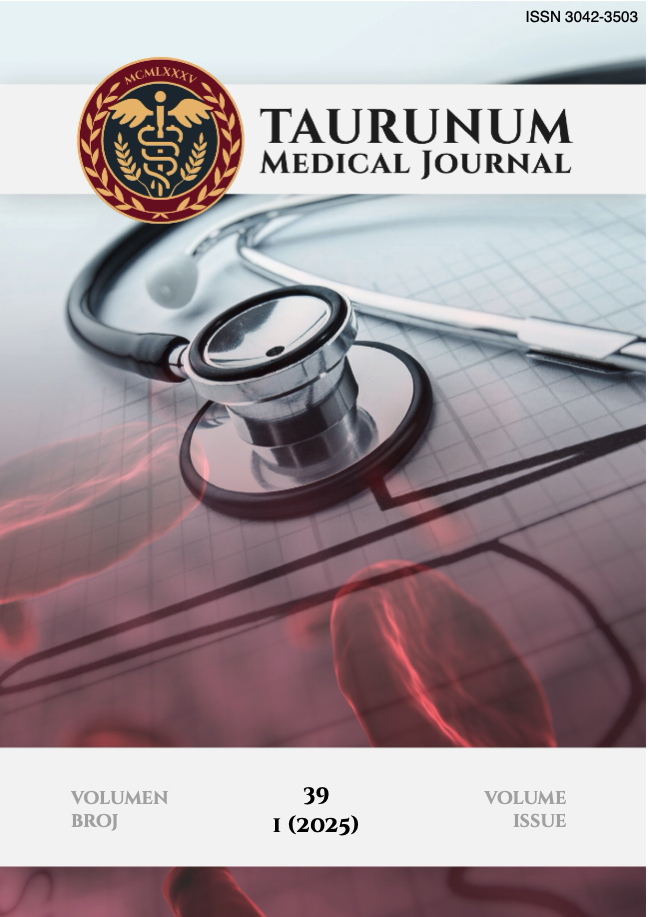
More articles from Volume 39, Issue 1, 2025
Severe Dyspnea Caused by a Massive Neck Mass - Report of a Case
Epidemiological characteristics of Covid19 positive patients in triage centre CHC Zemun
Massive Sinonasal Polyposis in an Elderly Patient: Report of a Case
The Importance of Intraoperative Exploration and Intensive Postoperative Monitoring in the Detection and Management of Synchronous and Metachronous Colorectal Tumors
Cervicogenic headache
Article views
Adenocarcinoma of the esophagogastric junction presented as a vegetative tumor in the hiatal hernia sac
Department of Gastroenterology and hepatology, CHC Zemun , Belgrade , Serbia
Oncology hospital, CHC Zemun , Belgrade , Serbia
Oncology hospital, CHC Zemun , Belgrade , Serbia
Department of General Surgery, CHC Zemun , Belgrade , Serbia
Department of Gastroenterology and hepatology, CHC Zemun , Belgrade , Serbia
Abstract
Introduction: The incidence of esophageal and esophagogastric junction adenocarcinomas has been increasing in developed countries, with primary risk factors including gastroesophageal reflux disease (GERD), smoking, and obesity. Chronic GERD can lead to Barrett’s esophagus (BE), a premalignant condition that elevates the risk for esophageal adenocarcinoma. Case Report: We present a case of a 63-year-old woman with nausea and epigastric pain. Her history was notable for Sjögren’s syndrome and a positive family history of prostate cancer, without smoking or alcohol use. Endoscopy revealed a distal hiatal hernia and long-segment Barrett’s esophagus (LSBE) with a 3 cm ulcerated lesion at the gastroesophageal junction, located within the hernia sac. Biopsies confirmed well-differentiated adenocarcinoma in LSBE. CT imaging showed a tumor extending through the hiatal hernia with distal esophageal wall thickening and lymph node metastases but no distant metastases. The patient underwent a subtotal esophagectomy with lymphadenectomy and esophagogastric anastomosis using the Ivor Lewis procedure. Pathology confirmed adenocarcinoma with lymph node metastasis and a close circumferential resection margin. Six cycles of postoperative chemotherapy with platinum and fluoropyrimidine were administered. The patient was recurrence-free at a three-year follow-up. Conclusion: This case underscores the association between hiatal hernia, Barrett's esophagus, and esophageal adenocarcinoma, particularly in the setting of disrupted antireflux mechanisms. The findings support the importance of early investigation and monitoring in patients with GERD and BE to mitigate cancer progression.
Keywords
Citation
Copyright
This is an open access article distributed under the Creative Commons Attribution License which permits unrestricted use, distribution, and reproduction in any medium, provided the original work is properly cited.
Article metrics
The statements, opinions and data contained in the journal are solely those of the individual authors and contributors and not of the publisher and the editor(s). We stay neutral with regard to jurisdictional claims in published maps and institutional affiliations.




